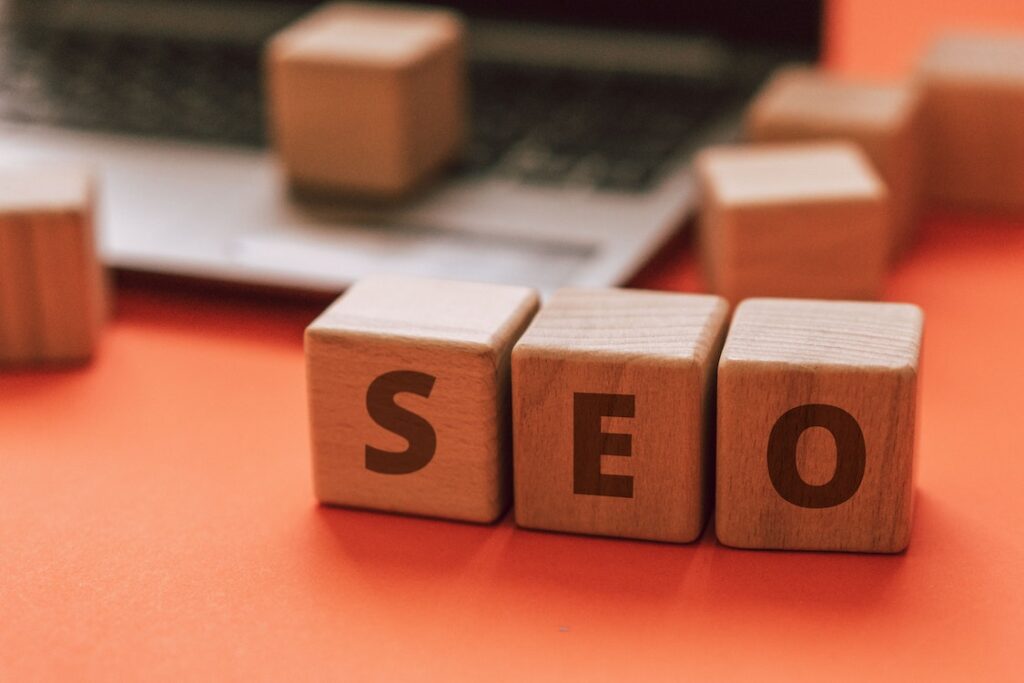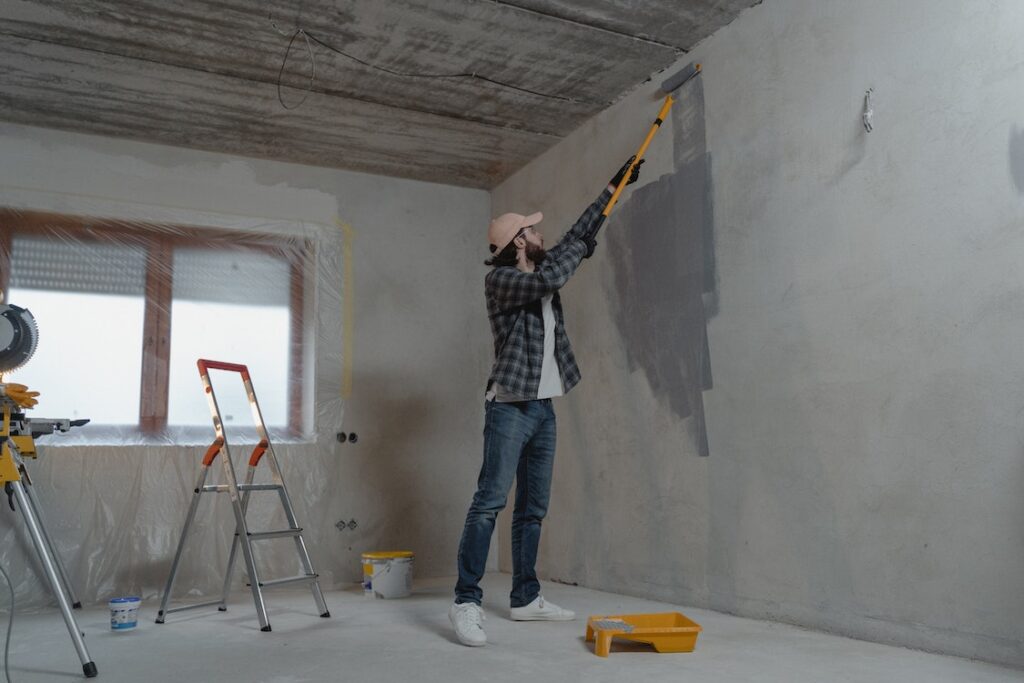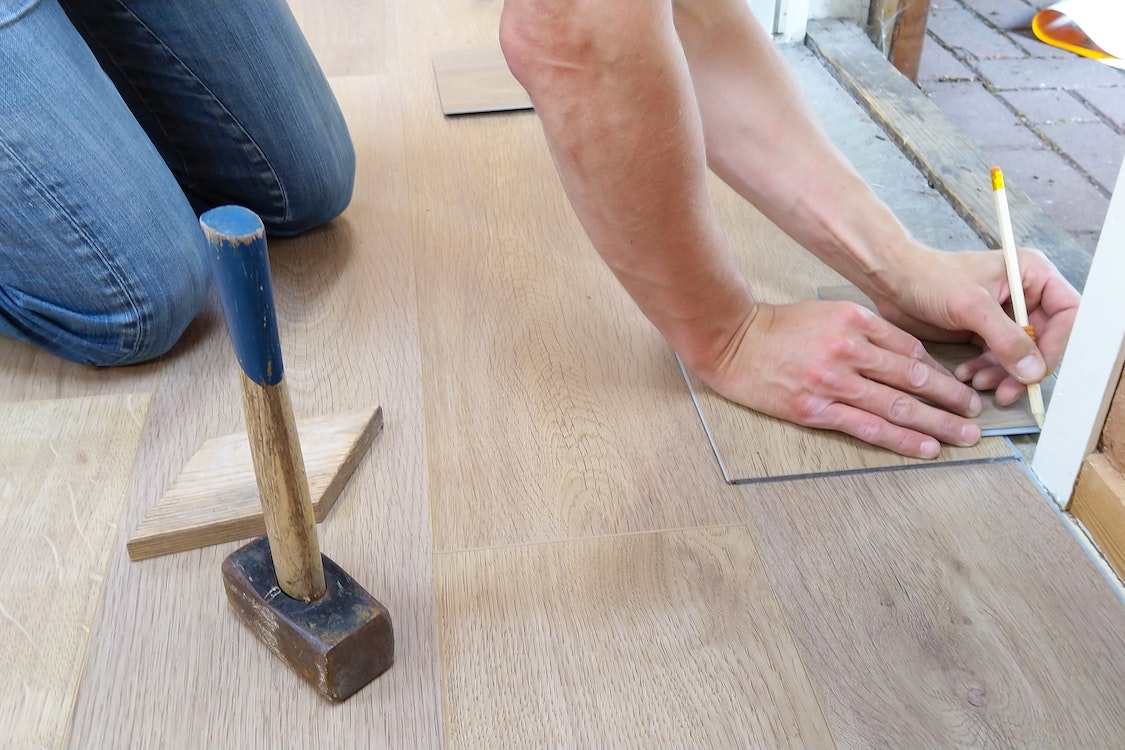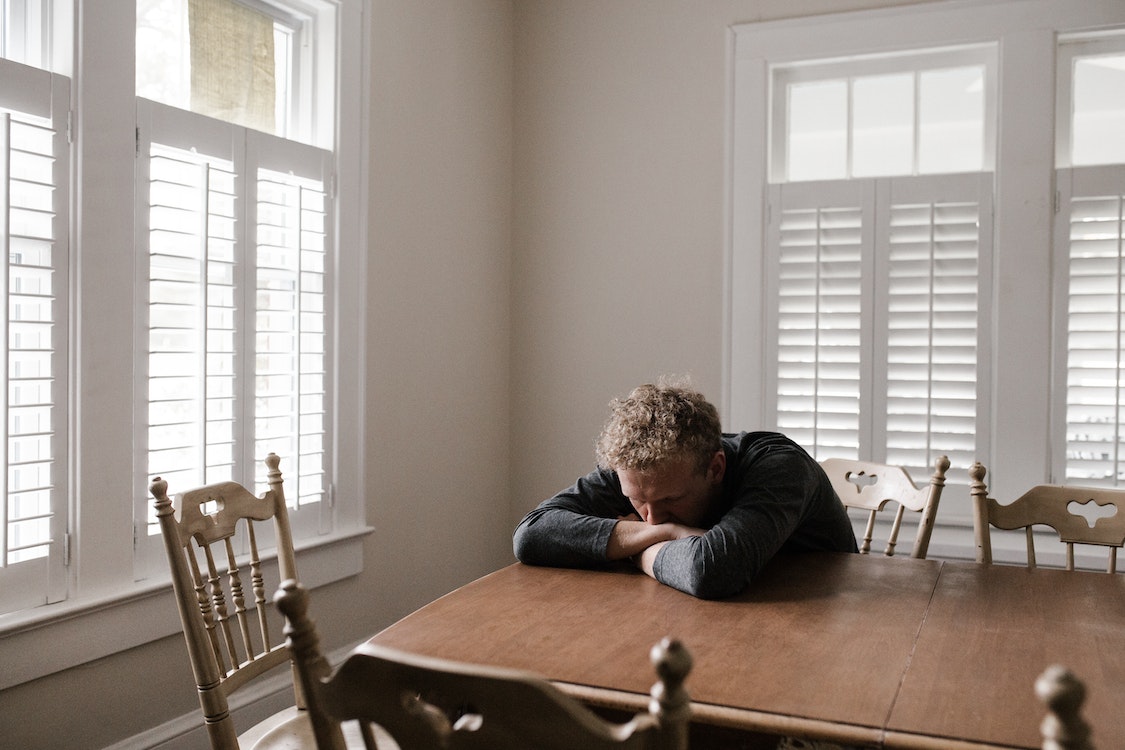If you’re looking for some information about SEO, you’ve come to the right place! We’ve compiled all the information you need to know about the subject and we’ve provided some tips and suggestions on how you can improve your website’s search engine ranking.
On-page vs off-page SEO
When it comes to SEO, two major strategies that you need to consider are on-page and off-page SEO. These are important for boosting your website’s ranking. There are a variety of tactics involved in these two methods. Choosing which type of strategy is right for your business is a critical part of your overall marketing plan.
When it comes to on-page SEO, you’ll want to focus on optimizing aspects of your site that are in your control. This includes the content, navigation, and keywords. You can improve the overall quality of your site by writing user-friendly content and using relevant keywords.
Off-page SEO focuses on improving your search engine ranking and reputation by leveraging opportunities outside your website. It can include link building, social media, and other techniques. Your ranking on SERPs will be affected by the quality of the links you acquire. In addition, links carry weight in the SERPs because of their link equity. The number of external links your website receives increases your click-through rate.
While both on-page and off-page SEO are vital to a successful SEO strategy, the goal is to focus on the right types. If you’re not sure which strategy is best for your business, you can ask your marketing specialist to help you with recommendations.
Search engines have hundreds of factors to consider when determining what pages to display in their results. Your site needs to be easy to navigate, have great content, and be highly visible. By taking advantage of both types of strategies, you can give your website a leg up in the competition.
On-page SEO involves a series of techniques that you can use to optimize your on-page elements, such as the headers, keywords, and meta tags. Using these tools correctly can encourage users to visit your website. A well-written meta description also helps to promote your site.
On the other hand, off-page SEO is more complicated. It requires more complex strategies and involves a wide variety of players. Typically, these efforts include building backlinks to your site and gaining awareness. Some people may even go as far as to create a Google My Business profile.
Search engine crawling
When you do SEO, you need to make sure that your pages are crawled. Search engines have robots or “crawlers” that scour the web to find new content. They’re responsible for downloading and storing the information from the sites they visit. This is done to help them understand the content on each page.
To get all of your web pages crawled, you need to have a sitemap. A sitemap is an XML document that contains all of the links on your website. You can submit a sitemap to Google through its search console.
You also need to have a good quality site. Crawlers will not waste their time on a poor quality website. Some examples of low quality pages include those with duplicate content, thin content, or even a hacked page. Fortunately, you can avoid these pages by making sure that your site is search engine friendly.
You can also use a URL Inspection tool to check on the status of a page. These tools will show you whether a page is still in indexing or has been deleted.
One of the most important parts of SEO is diagnosing any problems with indexing. The most effective way to do this is to have a robust site architecture. It increases the chances that Google will discover your site and list it in their index. If you’re unsure if your site is in good shape, you can sign up for a free account at Google Search Console.
Using HTML tags correctly is another good way to tell the crawlers what your webpage is about. By using headings, images descriptions, and titles, you can ensure that your search engine bots are able to interpret the content on your page properly.
Finally, a 404 error can occur when your page is not found. Generally, these errors occur when the URL you’re trying to link to has been removed or modified. However, these errors are often caused by server errors.
If you have a large number of pages, you may not have enough time to crawl them all. In addition, you need to have a sufficient budget for crawling. Having an insufficient budget can prevent your pages from being indexed.
Backlinks
Backlinks are a key part of search engine optimization. They help your website get a higher ranking in search results. However, generating them can be tricky. You need to ensure that you are doing it correctly. Marketix, an ecommerce SEO agency in Australia, can thoroughly make sure you don’t make any mistakes.
There are three basic types of backlinks. These include: natural, paid and unnatural. Depending on your industry, you may need to focus on certain kinds of backlinks, such as geographic or topical.
Natural links are those that aren’t spammy or sponsored. They’re usually made up of text or images. And they should be relevant to the content on the page that is linking to them.
The best way to gain backlinks is to provide value to your target audience. For example, share articles that contain helpful information. Ask other websites to share your content, and if you have an expertise to offer, reach out to influencers to spread the word.
In general, your main goal is to gain more traffic for your site. To achieve this, you should be aware of what types of backlinks work best and where to look for them.
A good first step is to check the health of your backlinks using a free tool. Google Search Console offers a variety of tools to help you track your website’s organic traffic and PageRank. Using this tool, you can see which websites are sending you referral traffic, how many visitors are converting into customers and how well your backlinks are doing.
You can also check out a 3rd party SEO tool, such as Ahrefs or Semrush. These tools can help you find new opportunities for backlinks and confirm domains that are driving traffic for your keywords.
Getting the right kind of backlinks can help you increase your site’s page rank and visibility in the search engine results pages (SERPs). But, it’s important to remember that not all backlinks are created equal.
Ideally, you should be aiming for organic and natural backlinks. These are the most effective and will give you the most bang for your buck.
Lastly, it’s important to make sure that you’re not wasting your time or your money on backlinks that are not worth your effort. These can harm your rankings and affect your SEO strategy.
HTML

A good understanding of HTML for SEO is important for anyone who owns a website. Whether it is a blog or a storefront, a site’s content must be structured correctly to be read by search engines and for users. Without these fundamental elements, a website cannot survive.
Search engine optimization is a set of tactics for improving the quantity and quality of traffic to a website. While there is no hard and fast rule that says SEO is right or wrong, there are several key aspects to consider.
First, you must learn the basics of HTML. Most web pages rely on HTML source codes to communicate with search engines. These codes allow professionals to tell the search engine what the link is about, in their own language.
Another important aspect is HTML meta tags. These meta tags are used by Google to display descriptions within search result snippets. Meta tags are also used by the browser to provide previews of a webpage.
Another important part of SEO is using anchor tags. Anchor tags are used to connect from one page to another, or to link to external domains. For example, you may link from a blog post to another article. It is important to use descriptive and relevant anchor text, which will help Google follow the links.
The head tag contains the title and metadata for the web page. The title should be short and descriptive. If it is too long, Google will cut it out.
Another HTML element is the image title attribute. This allows you to attribute images on a page, and provides additional information about the image. However, the image title attribute only gives you a limited amount of freedom. You must be careful to avoid over-attributing your images, or you may harm your rankings.
When displaying a search result, Google sometimes ignores the meta description. This is because the original page will be self-referring. Instead of providing a meta description, you may choose to use a quote from the page.
The best practice is to use one H1 tag for all of your web pages. This will help the content to be readable by screen readers, and avoids any confusion as to what the main topic of the page is.…
Continue Reading


















